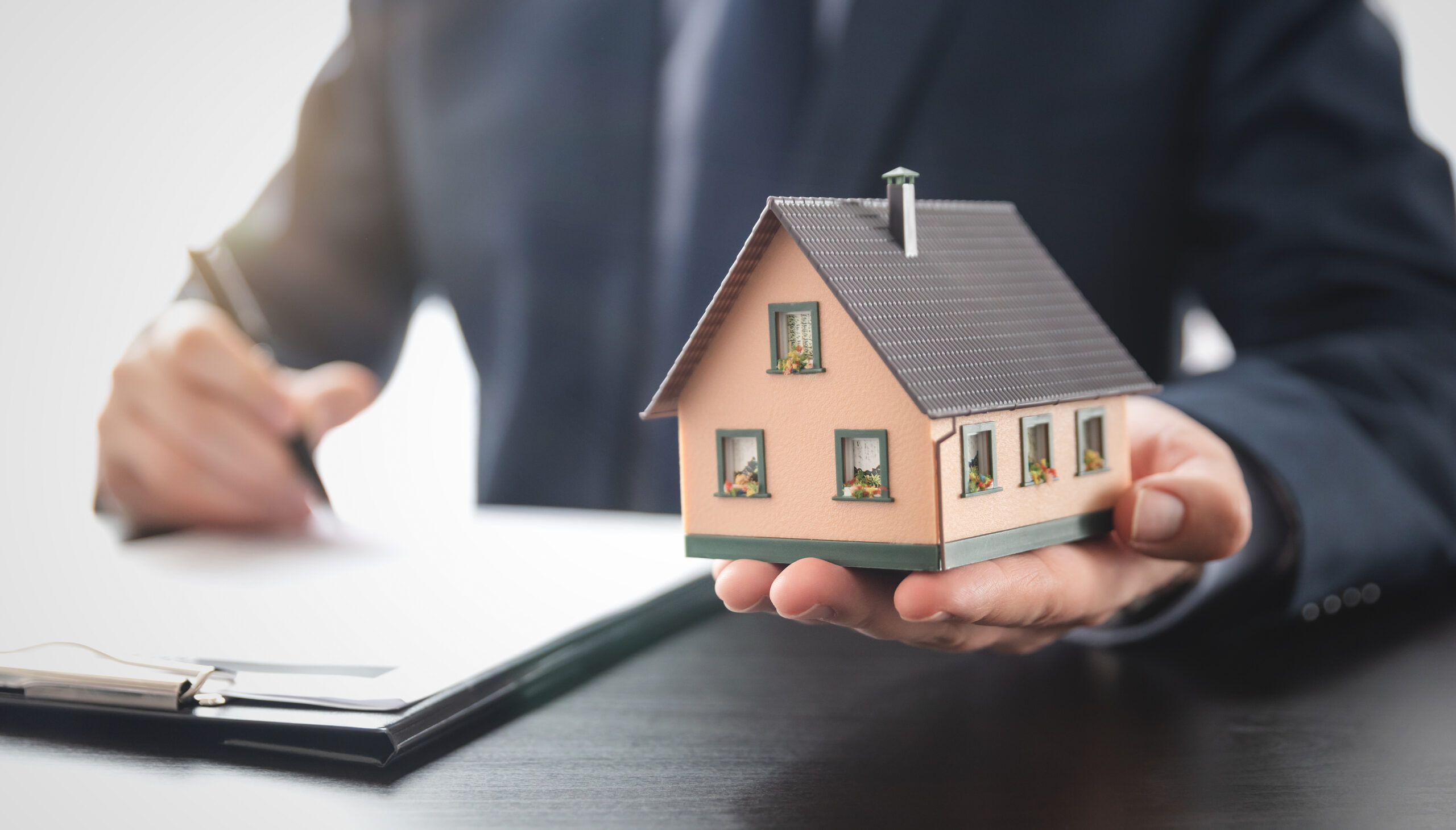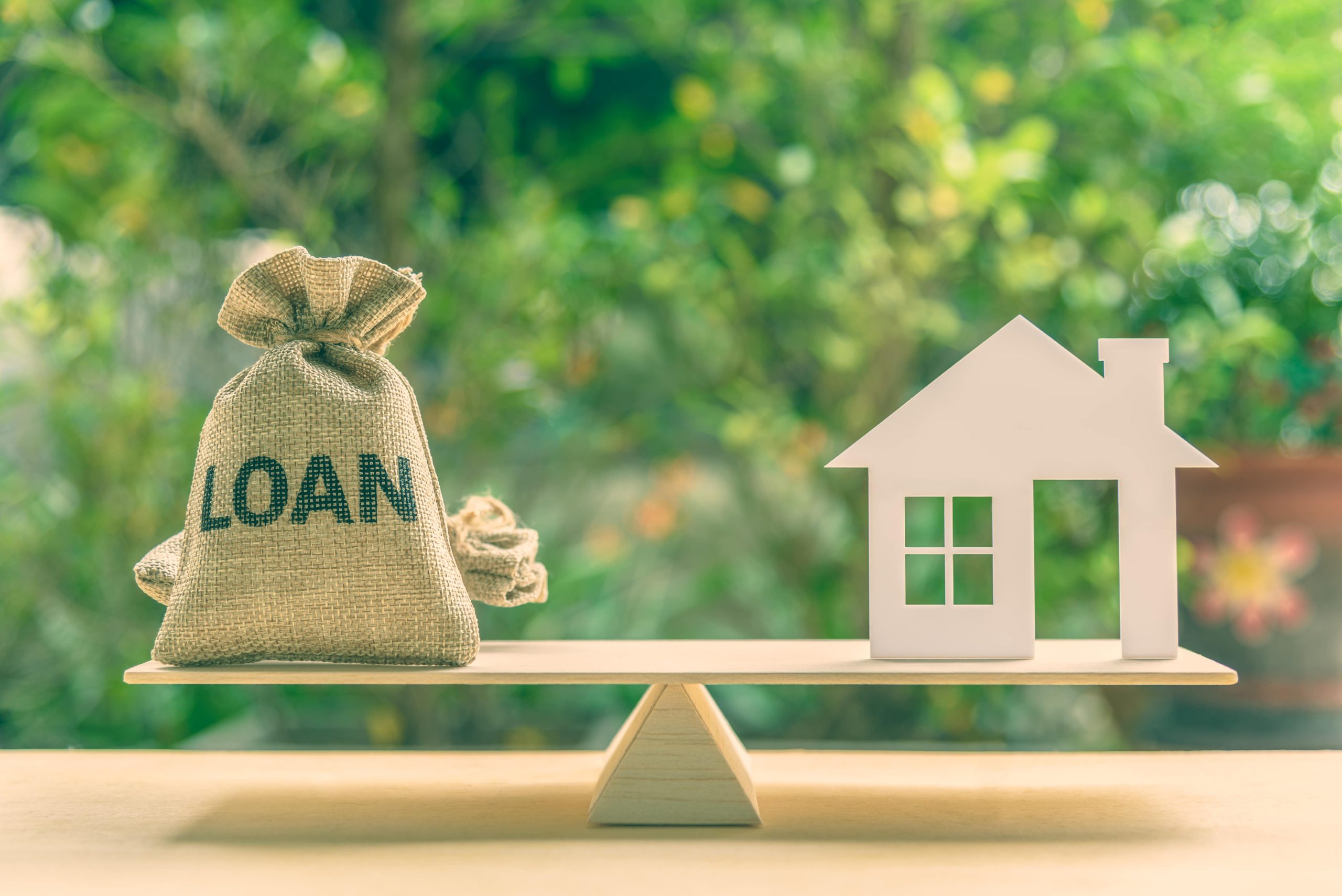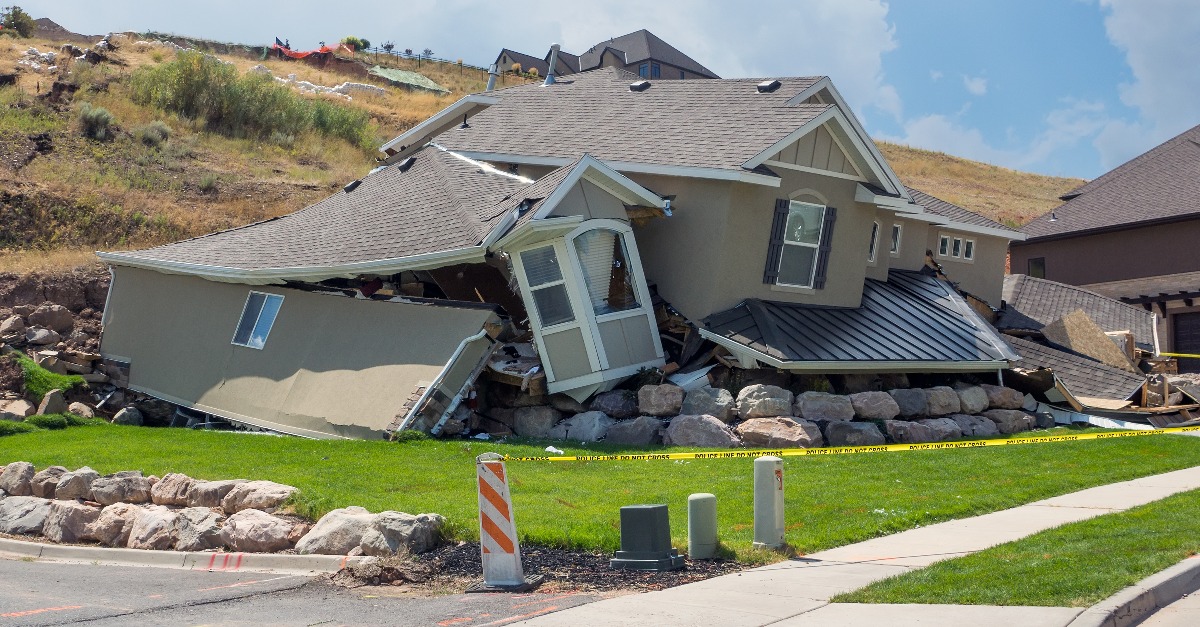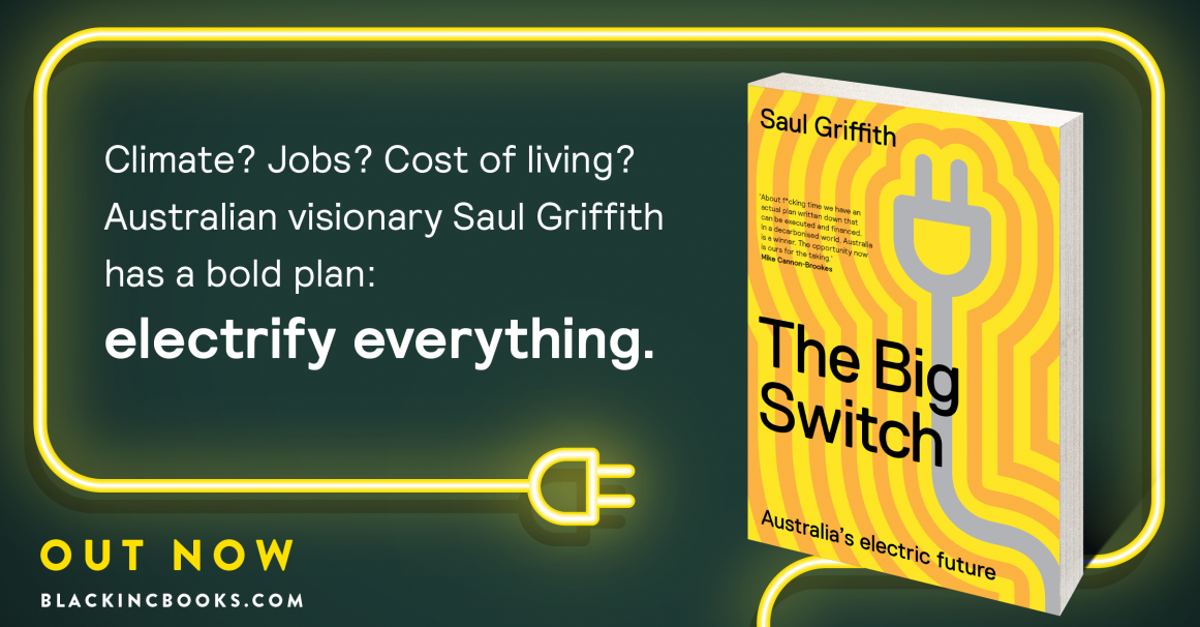Whether it’s time delays, material shortages, cost blowouts or dodgy tradespeople, building your own home has always had some degree of risk. But today, these risks appear more heightened than they usually are. Tim Stafford, head of research at WBP Group, identifies some of the challenges you could face building a house in 2022.
The residential construction sector saw a massive spike in demand for new housing after the federal government introduced the HomeBuilder program in June 2020. While demand, which peaked in April 2021, is now returning to normal levels, the sector is still playing catchup. Builders are spread thin, and time delays are the new normal.
Record demand has also caused a shortage of building materials, especially timber and steel, which has raised prices. According to the most recent update from CoreLogic’s Cordell Construction Cost Index, national construction costs increased 7.3% over the 2021 calendar year, the highest annual growth rate since March 2005.
Because the price of building materials is rising rapidly, builders are feeling the pinch. In a recent ABC News article, the Master Builders Association warned that “more construction companies will fold this year as lock-in contracts leave builders unable to pass on the rising cost of labour and supplies.”
If you’re serious about building a house this year, there has never been a more critical time to be fully informed about the process. So, here is the inside scoop from WBP Group experts who’ve been there and done it before.
Site selection
After several years spent on the road as a valuer, a promotion to head office gave Alexandra Churches the perfect opportunity for her growing family to build their dream home in regional Victoria.
Location is a fundamental requirement every homebuyer needs to consider. In Alexandra’s case, she needed to be within commutable distance of Melbourne, so the site needed to be close to a freeway and train line. With two young children and one on the way, she also wanted to be close to her extended family, and proximity to a highly regarded school was essential.
It was important for Alexandra and her partner that their block of land was far enough out of town that the family could enjoy the benefits of a rural lifestyle. But they also didn’t want to spend hours in the car accessing local amenities.
Sjouke Price caught the renovation bug early in his valuation career. His first project was the renovation of a small two-bedroom unit in the late 90s in Melbourne’s southeast, and since then, he has completed multiple knock-down rebuild projects.
Now, with plenty of experience under his belt, Sjouke has a shopping list of requirements when analysing a potential knock-down rebuild project. His ideal site would be slightly elevated to increase the potential for views and access to natural light. And it would have the widest possible frontage to give his architect greater flexibility in the design.
Sjouke’s ideal site would also be orientated north-south with the backyard facing north. Especially when building in an established inner-city suburb, this orientation provides the best access to natural light and lowers the possibility that your design will overshadow the neighbours, something your local council will prevent you from doing.
Another critical part of the site selection process for Sjouke is checking for any council requirements or encumbrances on the title that may restrict the type of house he wants to build. These checks are critical, especially when considering a knock-down rebuild project or building on a vacant block that’s not within a housing estate.
Planning Phase
After several years working as a valuer in and around Perth, Donald Johnson knew the type of house in which he wanted his young family to live. The HomeBuilder grant and a generous state grant were just the encouragement he needed to knock over their old house, which they had lived in for ten years, and build a new one.
Another incentive for Donald was that his parents lived just around the corner and were more than happy to offer him free rent. Renting a property for at least 12 months while his house was built would have placed added pressure on the family budget.
The next step for Donald was to get online and start looking at floor plans they liked, so he could show his builder exactly what type of house they wanted to build.
For Alexandra and her partner, planning began even before they signed the contract for their block of land. They spent a significant amount of time researching builders, looking at floor plans and obtaining rough costings. Alexandra wanted to ensure they could comfortably afford to build the type of home they wanted because they had a limited budget.
Before starting any new project, Sjouke has a clear picture of the type of house he will build and the expected cost, ensuring he doesn’t run out of money halfway through the build. An expectation of the timeframe is also essential. For a knock-down rebuild project, Sjouke allocates a minimum of 12 months for the planning phase, allowing him time to consult with his architect, the local council and engage the services of a reputable builder.
While Sjouke has lost count of the number of houses he has been inside, he is grateful for the experience. Even for someone as experienced as Sjouke, it is hard to gauge the exact size of a room by simply looking at what the architect has drawn on the plan. He would recommend first-time builders spend plenty of time walking through a variety of different homes so they can experience firsthand how vast a space is before signing off on their final design.
With the construction of Donald’s new house well underway, he wishes he had spent a little more time in the planning process looking at the specifications (a list of all the fittings and fixtures your builder will install) for his new home. Unfortunately, the timing of the government grants meant he had to make some quick decisions.
Ultimately, you don’t want to move into your new home and realise your living area is tiny or wish the builder had installed more power points. It’s much easier to take your time in the planning process to get this right before you start building.
Construction Phase
If you choose a reputable builder, ultimately, you will find building your own home is a great experience. If you employ a builder who isn’t up to scratch, things can quickly turn into a never-ending nightmare as it takes years to finish building your home, and you’re well over budget.
Obtaining reliable information on your builder is not an easy task. However, all three experts agreed the best way to check your builder’s credentials was to get reviews from people who’ve employed them in the past. These testimonials gave them a greater understanding of the builder’s capabilities.
Potentially the worst outcome for any new home project is for your builder to go bust before they have finished constructing your home. While there are no guarantees, ensuring your builder has a good track record should provide you with some level of confidence.
Once you’ve selected a builder, you’ll need to sign a building contract. While the standard building contract has been designed to be fair to both builder and homeowner, there are still several items you will need to negotiate. These items include;
- the draw-down schedule – how much and how often the builder gets paid during the construction stage
- prime cost allowances – an amount of money you agree to pay for specific fittings and fixtures
You’ll also need to decide whether to sign a turn-key contract with your builder (you walk in the front door, and there is nothing left for you to do). Alternatively, you could negotiate to exclude some items from the contract and finish them yourself after the builder has left the site. Typically the turn-key option is more expensive, but in most cases, it makes the process more straightforward.
Building a house is a substantial commitment of your time and hard-earned money. I hope this article has reinforced how important it is to do your due diligence before you start building. Your ability to manage risk, especially during the planning process, will ensure you avoid pain and heartache in the long run.
If you decide to build a house in 2022, I wish you good luck!
If you would like to get more helpful valuation insights and property related news, follow WBP Group on LinkedIn.









